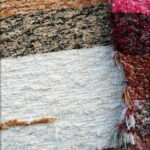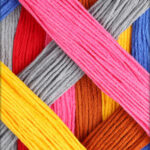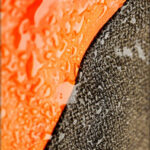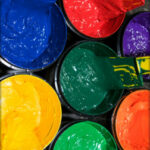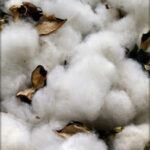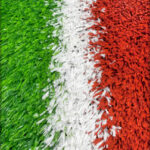SADFA Course (Part-time)
The SADFA course is presented by the South African Dyers & Finishers Association in conjunction with this Department.
This course consists of the two subjects, Dyeing (or Printing) and Fibres offered at 1st, 2nd and 3rd Year levels and is offered on a part-time basis only. Lectures take place every Monday afternoon from 16h00.
Assessment of progress is by means of tests with a written examination at the end of the year.
The course is accredited by SAQA and SDC
Please note that as the course is run on a non-profit basis, FEES ARE PAYABLE IN FULL ON REGISTRATION. Cheques are to be made payable to the Durban Institute of Technology. Invoices and receipts will be posted to employers after registration.
SADFA Education Committee
Chairman: Marco Breschi
Secretary: Shantha Harilal
Treasurer: Akbar Fassihi
Lecturers:
Keith Hanson
Bob Hawksworth
Fibre Technology: 1st Year: Marco Breschi 2nd Year: Ashwin Sheolal 3rd Year: Akbar Fassihi Dyeing Technology: 1st Year: Bob Hawksworth 2nd Year: Keith Hanson 3rd Year Fritz Gribi Printing Technology: All Years: Rabi Sukdeo For further information contact: Marco Breschi (Chairman of SADFA Education)
Read MoreA Certificate in Dyeing (or Printing) and Finishing awarded by SADFA. The Certificate is recognised by the SDC in the UK and can lead to the award of Licentiate of the society.
Read MoreGeneral Dyeing Principles, Definitions of terms used in dyeing e.g. solution, dispersion, substantivity, affinity, adsorption, absorption-. Simple explanations of chemical bonds; i.e. ionic, hydrogen, covalent, van-der-Waal.
Read MoreDefinition of Fibres Types of fibre i.e. natural, man-made and synthetic. General Chemistry Principles Definition of atoms, Molecules, ions, salts, monomers, polymers, etc. Fibre Structure Crystalline and amorphous regions in the polymer structure. Wool and its Properties Physical and chemical properties of wool. An introduction to the process route from fleece to fabric. Cotton and…
Read MoreHistory of Printing Development of printing styles and methods; including batik, block and silk screen. Principles of operation Rotary screen printing – operation, advantages and disadvantages. Flatbed screen printing (hand and automatic) – operation, advantages and disadvantages. Heat-transfer printing – operation, advantages and disadvantages. Squeegees Description of blade and magnetic rod squeegees – their uses…
Read MoreBrief classification of colourants according to application type:
Read MoreWool Production A look at fibres and their suitability for their end uses using the HAIMO concept, i.e. household uses, apparel uses, industrial uses, medical uses and other uses. Cotton Fibre More about cotton and its production including the HAIMO concept. Viscose Fibres Importance of viscose in textiles today. Polyamide Fibres Introduction to the manufacture…
Read MorePigments Pigment printing of cotton and viscose rayon and their blends with polyester. Reactive Dyes Printing of cotton and viscose rayon with reactive dyes by both all-in and two stage processes. Vat Dyes Printing of cotton and viscose rayon with vat dyes by both all-in and two stage methods. Printing of Polyamide Printing of polyamide…
Read MorePolyester Fibres Physical and chemical description. Amorphous and crystalline regions. Heat setting and its influence on dyeing. Barre, oligomers. Polyester Microfibrers Definitions and properties. Influence on dyeing. Classification Of Disperse Dyes Dyeing of Secondary Acetate and Triacetate Fibres Dyeing of Polyester High Temperature and atmospheric dyeing methods. Carriers. Dye selection and influence on fastness. Thermal…
Read MoreDesign Production Initiation of artwork and creation of the form in which it is presented to the printer. Colour Separation Principles and techniques of colour separation by hand, photographic and computer methods. Printing Repeats Conversion of designs into correct repeats for engraving onto screen. Different types of repeats and drops. Negatives How photographic negatives are…
Read More

